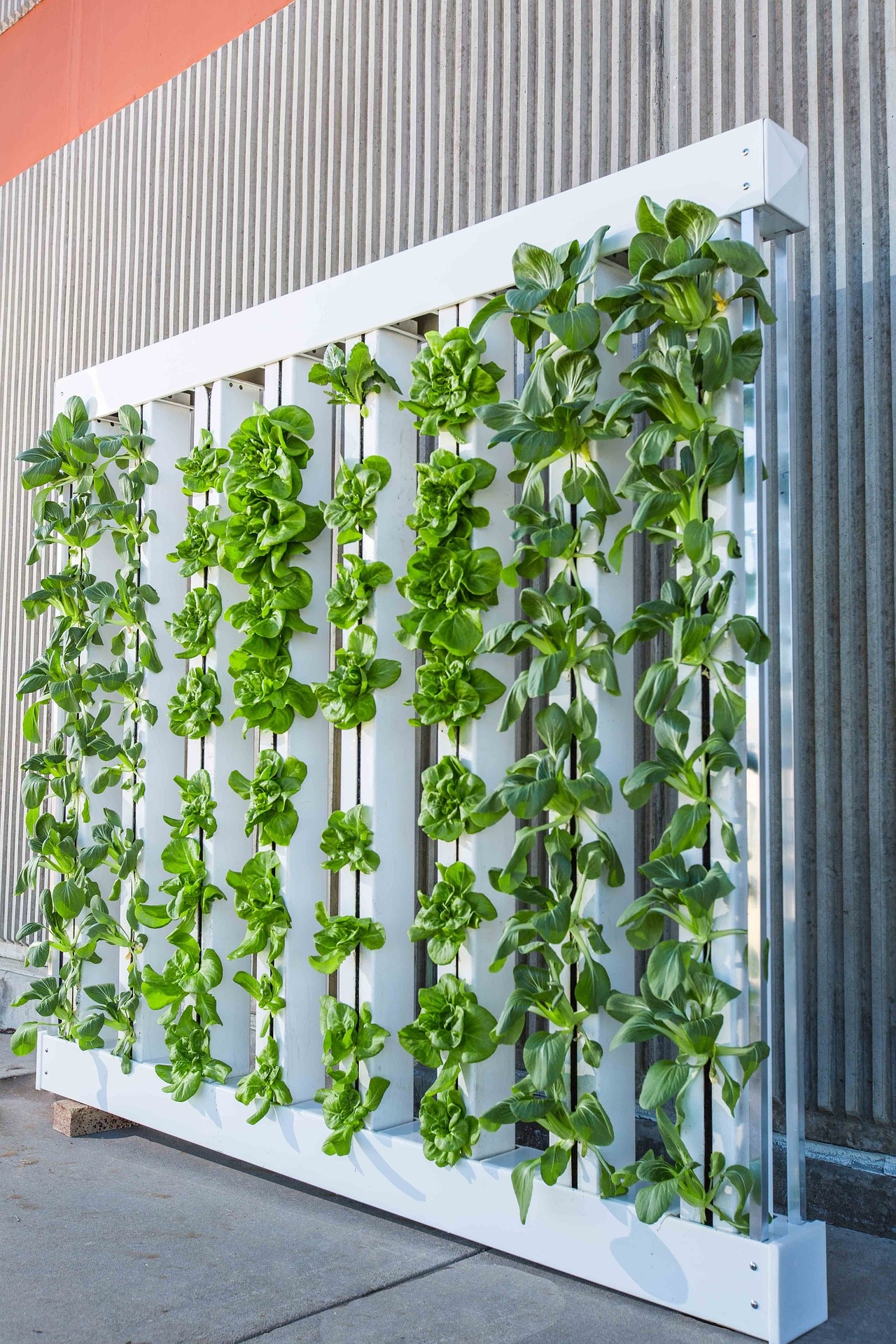
Vertical Gardens: Revolutionizing Urban Green Spaces
Introduction
Vertical gardens have transformed urban green spaces by offering a unique and innovative solution to limited space. This article explores the definition, importance, and benefits of vertical gardens, as well as their relevance in urban settings.
Historical Background
The origins and evolution of vertical gardens can be traced back to ancient civilizations such as the Hanging Gardens of Babylon. Over the years, vertical gardens have incorporated modern techniques and materials. Examples like the Villa in Rome and the Green Wall in Paris showcase the timeless beauty and functionality of vertical gardens.
Key Concepts and Definitions
To successfully create and maintain a vertical garden, it is important to understand the techniques and methods involved. This includes selecting suitable plants for vertical growth, considering structural and support systems, and ensuring proper irrigation and drainage.
Main Discussion Points
Designing and Planning Your Vertical Garden
Designing a vertical garden starts with assessing available space and light conditions. It also involves choosing appropriate plants that thrive in vertical environments. Additionally, design considerations for aesthetics and functionality play a crucial role in creating a visually appealing and practical vertical garden.
Construction and Installation of a Vertical Garden
Proper site preparation and ensuring adequate drainage are essential before constructing a vertical garden. Building a support structure or framework is the next step, followed by the installation of irrigation and watering systems. These steps ensure the sustainability and longevity of the vertical garden.
Maintenance and Care for a Vertical Garden
Regular watering and fertilizing routines are necessary for the health and vitality of a vertical garden. Pruning and training plants for optimal growth help maintain the desired shape and form. Additionally, monitoring for pests and diseases is crucial to prevent any potential damage.
Case Studies or Examples
Vertical Garden Project in a Small Urban Apartment
A small urban apartment can be transformed into a vibrant green oasis with the implementation of a vertical garden. By utilizing vertical space and selecting appropriate plants, even the tiniest of apartments can benefit from the beauty and functionality of a vertical garden.
Vertical Garden in a Commercial Building or Public Space
Vertical gardens in commercial buildings or public spaces enhance the visual appeal and contribute to improved air quality and reduced energy consumption. These projects serve as inspiring examples of how vertical gardens can be integrated into larger-scale environments.
Current Trends or Developments
Innovative Vertical Gardening Systems and Technologies
Advancements in technology have led to the emergence of innovative vertical gardening systems. These include modular systems that allow for easy installation and maintenance, as well as automated irrigation systems that ensure optimal plant health.
Research on the Benefits and Impact of Vertical Gardens on Urban Environments
Ongoing research is shedding light on the numerous benefits of vertical gardens in urban environments. These include improved air quality, reduced noise pollution, and increased biodiversity. Understanding the impact of vertical gardens helps promote their integration into urban planning and development.
Challenges or Controversies
Limitations and Potential Drawbacks of Vertical Gardening
While vertical gardens offer numerous benefits, they also come with limitations. Limited space for root growth, maintenance requirements, and higher initial costs are some challenges that need to be considered when planning a vertical garden.
Controversies Surrounding the Use of Certain Materials or Techniques
Controversies may arise when it comes to the use of certain materials or techniques in vertical gardening. It is essential to consider the environmental impact and sustainability of the chosen materials to ensure the long-term success of the vertical garden.
Future Outlook
Emerging Trends and Directions for Vertical Gardening
The future of vertical gardening looks promising, with emerging trends such as hydroponics and aeroponics gaining popularity. These innovative techniques allow plants to grow vertically without the need for soil, opening up new possibilities for urban green spaces.
Potential Integration of Vertical Gardens in Urban Planning and Architecture
With growing awareness of the benefits of vertical gardens, there is potential for their integration into urban planning and architecture. Incorporating vertical gardens into building designs and public spaces can contribute to a greener and more sustainable future.
Conclusion
Vertical gardens have revolutionized urban green spaces by providing a solution for limited space. By following step-by-step guides, individuals can successfully create and maintain their own vertical gardens. It is important to recognize the significance of vertical gardens in urban settings and encourage further exploration and experimentation in this field.
References
For further reading on vertical gardening and related topics, refer to the following sources:
“The Vertical Garden: From Nature to the City” by Patrick Blanc
“Vertical Gardens: Nature by Design” by Chris Young
“Vertical Gardening: Grow Up, Not Out, for More Vegetables and Flowers in Much Less Space” by Derek Fell